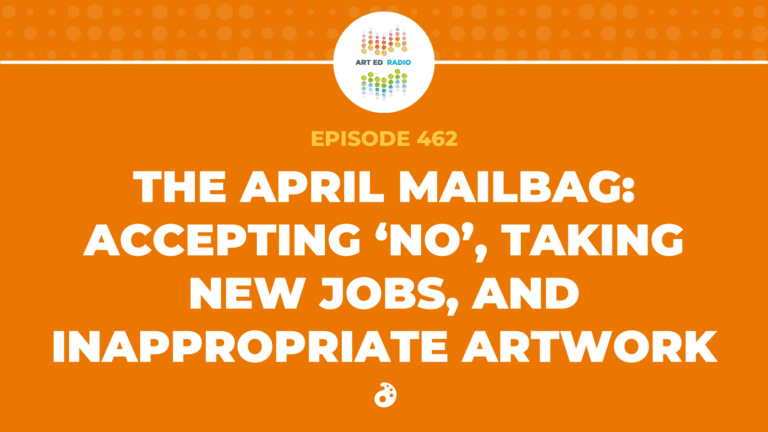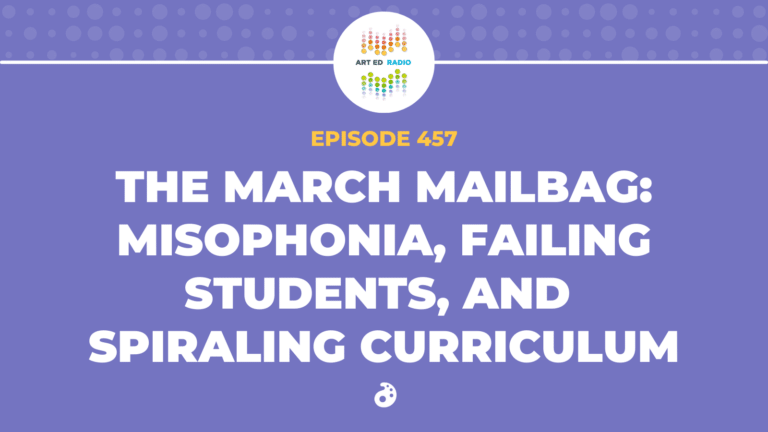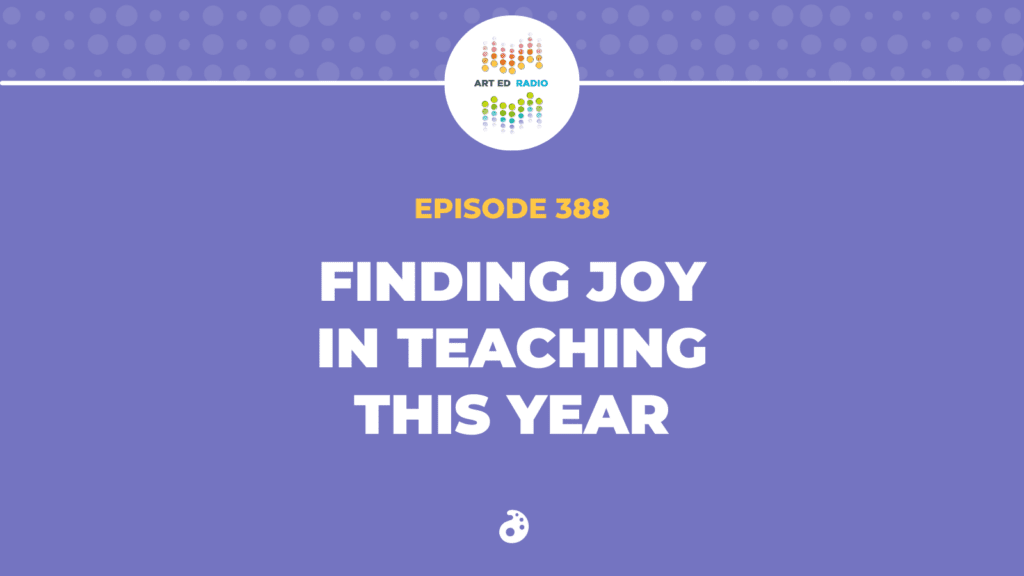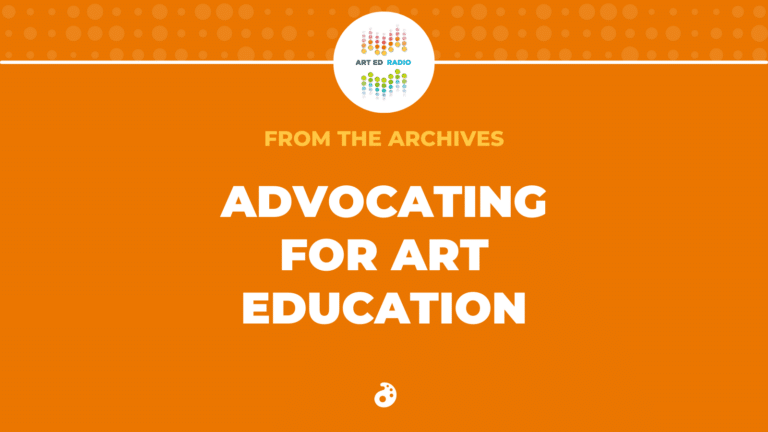Related

Professionalism
 Podcast
Podcast
The April Mailbag: Accepting No, Taking New Jobs, and Inappropriate Artwork (Ep. 462)

Professionalism
 Podcast
Podcast


